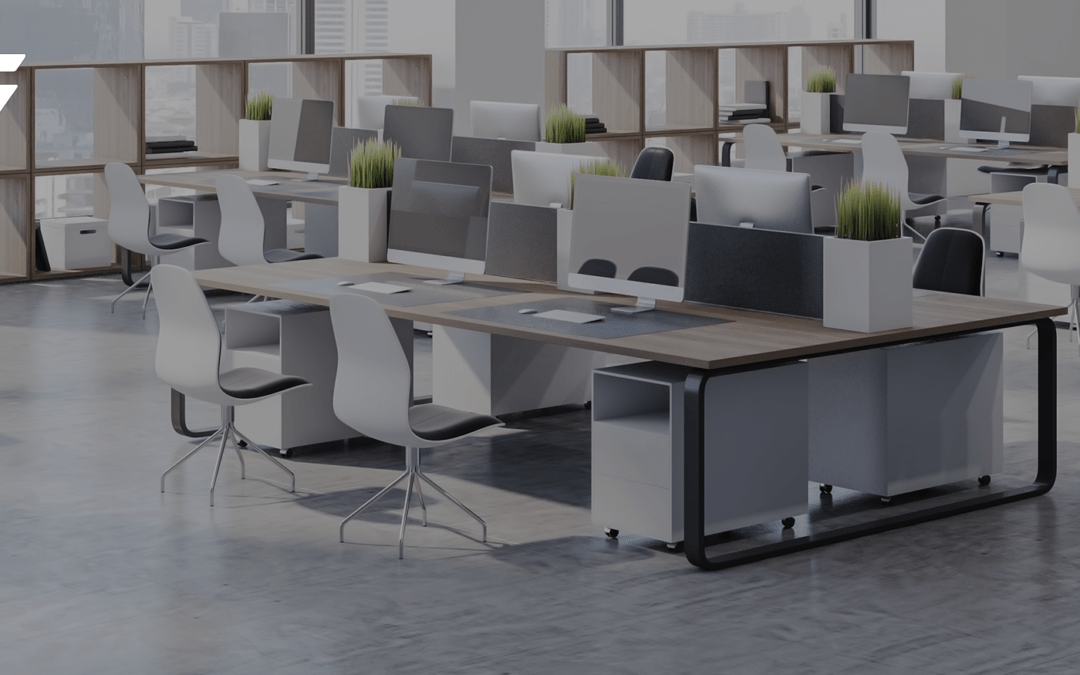
by user | Aug 2, 2021 | Hoteling
Hoteling in office space, a concept EY’s credited for pioneering, is popular among several corporates today. It is more relevant today as offices reopen and shift to a hybrid work model. It’s similar to how you book a hotel room, hence the name. Employees book a desk...

by user | Jul 30, 2021 | Hoteling
While COVID-19 has forced businesses to rethink expenses, the most visible impact has been on real-estate utilization. Remote work, social distancing, and health regulations have led to companies revisiting their physical office requirements. The shift to hybrid...

by user | Dec 23, 2020 | Hoteling
Hoteling was first introduced into conventional workspaces in the 1990s. It was first adopted by companies with large numbers of traveling salesforce and/or telecommuters. In a post-pandemic workplace, hoteling is more relevant than ever. But what is hoteling in the...




